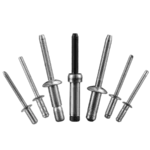Table of Contents
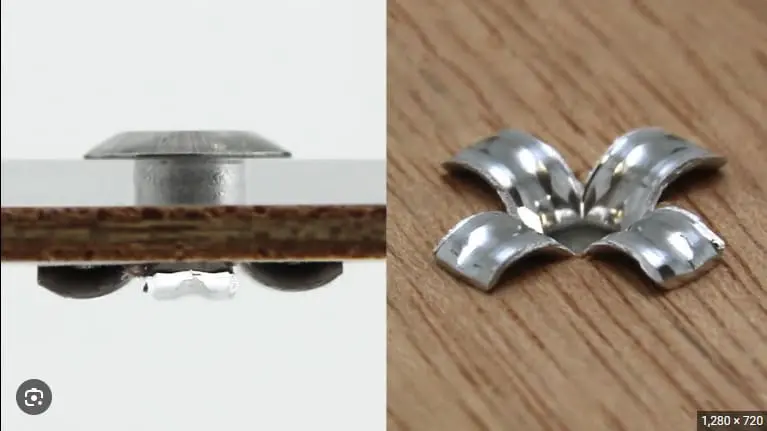
I know you need to do some careful research before you officially start your project. You may want to know how to choose blind rivets for soft materials project.
If so, please read this guide carefully. It will answer most of your questions. From benefits, importance, categorisation to how to choose.
Let’s get started now!
Table of Contents
What Are Soft Materials?
Soft Materials are generally those materials that deform easily under external forces and have low stiffness. These materials usually have a high degree of plasticity and flexibility and can change their shape well. However, their strength and rigidity are relatively low.
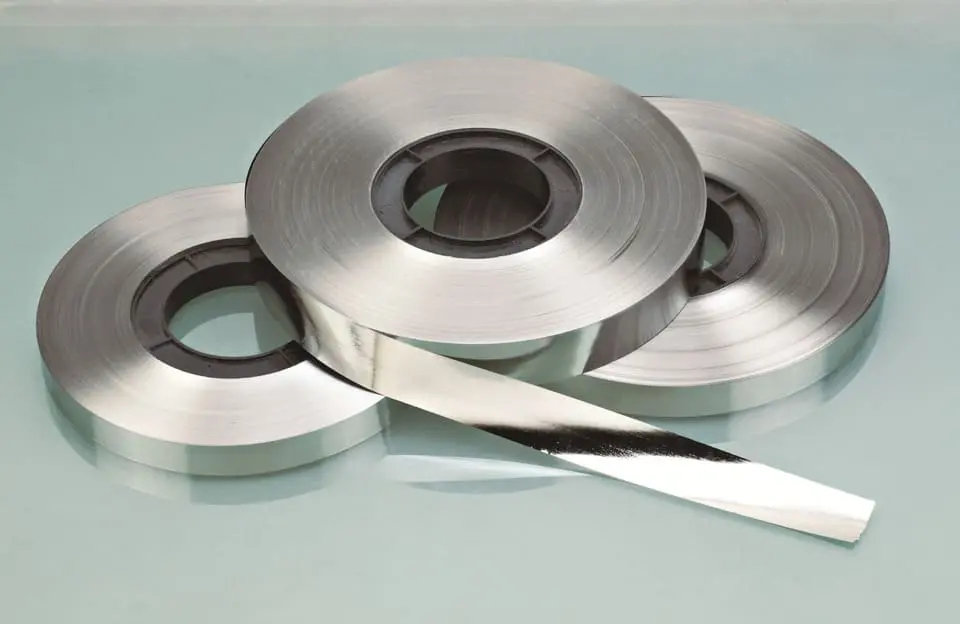
Soft materials are generally less dense. Ideal for lightweight applications and products that require reduced loads. There are many different types of soft materials, but the soft materials that will be used for blind rivets will generally be of the following types:
- soft metal
- Composites
- Foam
- Rubber
- Paper Cup
If you want to wholesale paper cup, please view paper cup manufacturer.
What Are Blind Rivets?
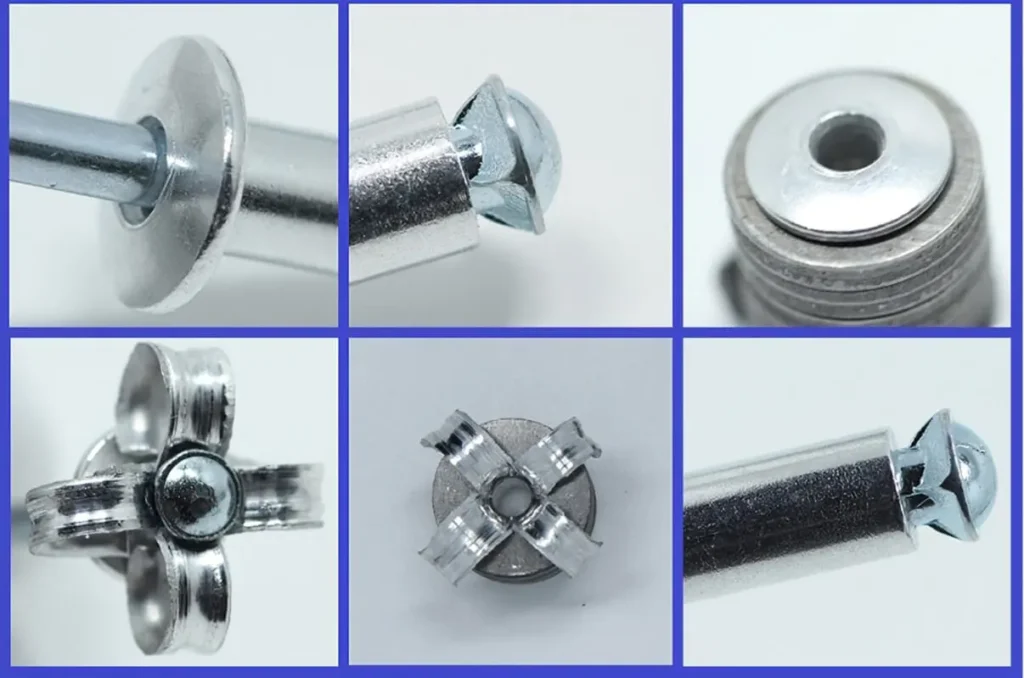
A blind rivet is composed of a rivet body and a blind rivet mandrel. During installation, the blind rivet mandrel is tensioned and the rivet body expands to secure the rivet to the material. The blind rivet mandrel then breaks and detaches from the rivet at a predetermined breaking point.
Blind rivets allow the entire installation process to be carried out with only one side in contact. This feature makes it an ideal fastening solution for closed structures, piping and other applications where access to the back side is difficult.
Types of Blind Rivets for Soft Materials
With the increasing use of rivets, many soft materials are also using blind rivets to complete the installation. However, not all blind rivets can install soft materials. Below I have listed several types of blind rivets that are suitable for soft materials.
1. Large Flange Blind Rivet
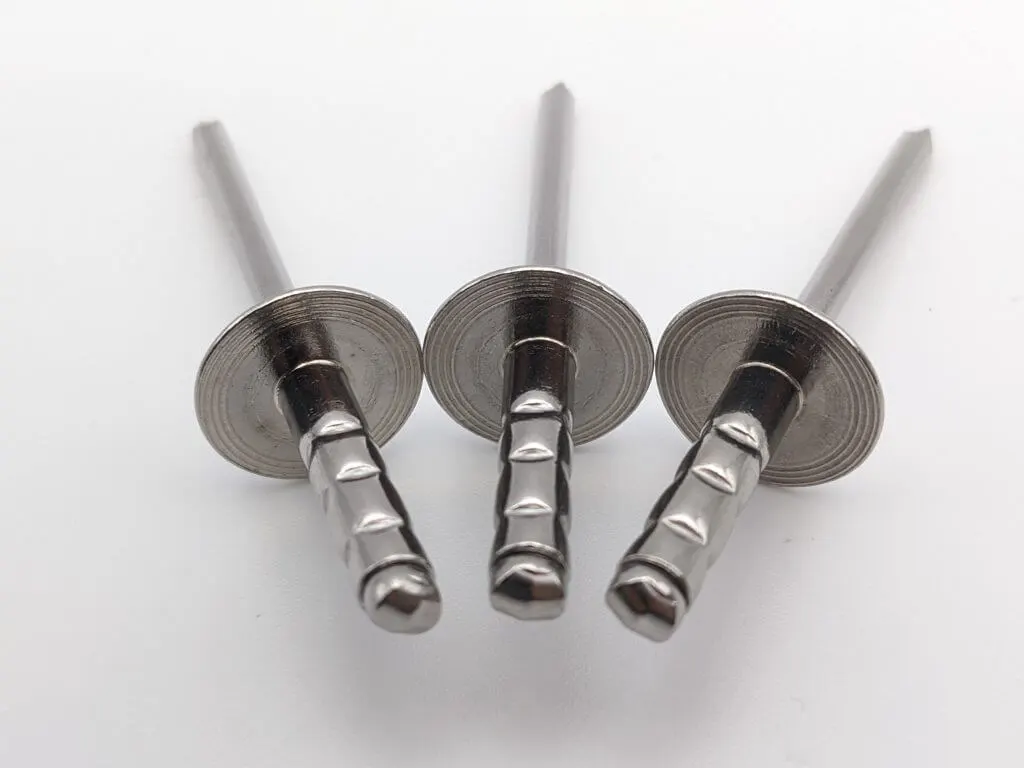
Large flange blind rivets provide greater support. large flange blind rivets have a larger head diameter, which increases the contact area between the blind rivet and the soft material. large flange heads provide better distribution of pressure and reduce deformation or breakage of the soft material.
The support of a large flange head prevents the rivet from pulling through or damaging the material in soft materials.
2. Peel Type Blind Rivet

Peel type blind rivets can join plastics, rubbers and thin metals without damaging the surface of the material. Its split construction design provides a larger support area and more uniform pressure distribution.
Peel rivets provide a strong connection while preventing material damage, making them ideal for many light-duty, delicate applications.
3. Tri Fold Rivets

Tri fold rivets are a type of blind rivet specialized for soft materials or low strength connections. When it is pulled tight, the rivet body splits into three uniform sections, similar to three petals, creating an extensive support area.
Tri fold rivets are ideal for soft materials such as plastics, rubber, textiles, sheet metal and composites. It is designed to protect these materials from damage.
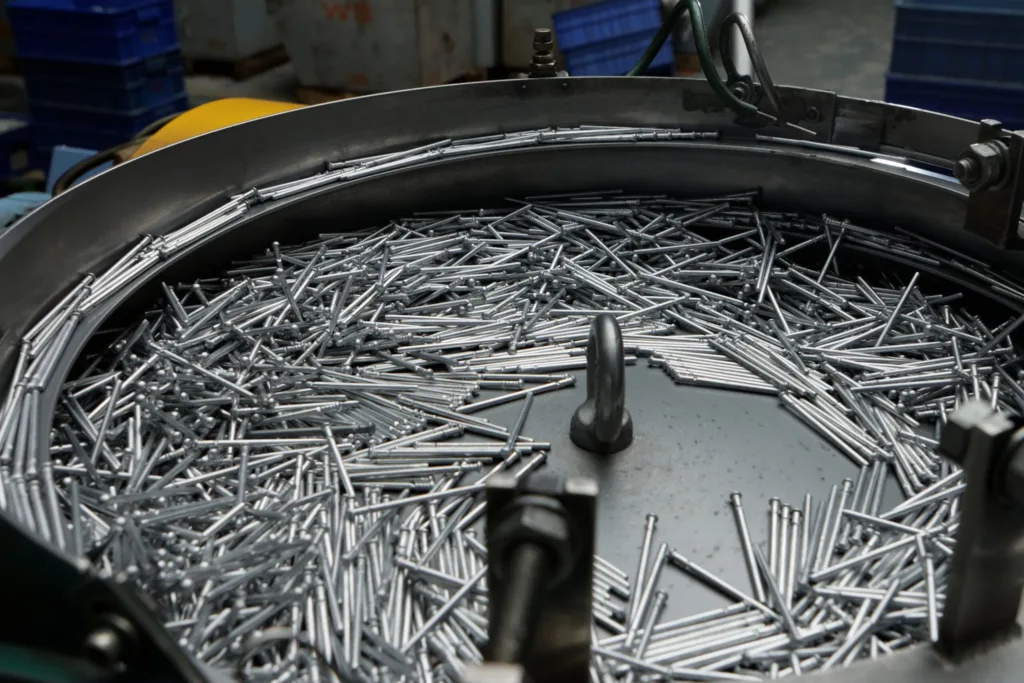
Contact Our Engineers Today
We provide you with high quality rivets, including customized services.
Advabtages of Blind Rivets for Soft Materials
Why are blind rivets used for soft materials instead of other fasteners? Because blind rivets offer many advantages that other fasteners do not. These advantages make blind rivets ideal for joining soft materials. Here are some of the major benefits:
1. Reduced Material Damage
There are many types of blind rivets designed specifically for soft materials. For example, large flange head blind rivets, peel type blind rivets, and tri fold rivets. these types of blind rivets are able to evenly distribute the applied pressure and reduce deformation or tearing of soft materials during installation. Especially in plastic, rubber and thin metal materials, these types of blind rivets are very suitable.
2. Strong and Reliable Connections
Soft materials generally lack strength and rigidity. But blind rivets can still provide a strong mechanical connection for these applications. Not only that, but Blind Rivets ensure that they remain stable over long periods of time.
3. Anti-Vibration Performance
One of the outstanding properties of blind rivets is their resistance to vibration. In soft materials, blind rivets can still provide good vibration resistance. This feature prevents loosening or failure of the connection due to vibration.
In a number of applications that operate with frequent vibration. For example, in automotive interiors, electronic equipment, mechanical equipment, soft material connections. Blind Rivet can ensure that the components remain stable and strong during long-term use.
4. Corrosion Resistance
Many blind rivets are made of corrosion-resistant materials (e.g. aluminum, stainless steel or galvanized steel). They provide good corrosion resistance when used on soft materials (e.g., plastic, rubber), extending the life of the connection.

Contact Our Engineers Today
We provide you with high quality rivets, including customized services.
How to Choose the Best Blind Rivets for Soft Materials?
There are several key factors that you must consider in order to select the best Blind Rivet for your soft material project.
Below are the key points to consider when selecting the best Blind Rivet:
1.Blind Rivet Head Type
There are three types of blind rivets, dome head, large flange head and countersunk head. if your soft materials project does not use specific blind rivets, then you should choose large flange head blind rivets.
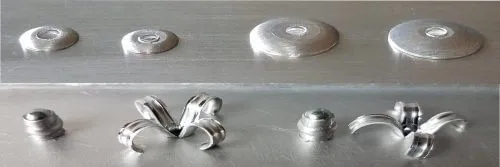
2.Specific Blind Rivet Options
Peel type blind rivet: If your project uses soft or fragile materials such as foam, textiles, plastic film, etc. Peel type blind rivets are the best choice.
Tri fold rivets: Tri fold rivets allow for a wide range of support areas. If your project has thin materials, tri fold rivets are the best choice.
3.Material Selection
Not all materials are suitable for joining soft materials. Generally manufacturers will choose aluminum, stainless steel two metal materials.
Aluminum is lightweight and corrosion resistant and is suitable for most soft materials, especially plastics and lightweight sheet metal. In applications where high strength is not required, aluminum rivets are an economical and reliable choice.
Stainless steel offers greater strength and corrosion resistance and is suitable for soft materials that require greater strength or exposure to harsh environments. Stainless steel rivets are the best choice in applications requiring high durability and corrosion resistance.
Use of Blind Rivets on Soft Materials

You can find blind rivets on many soft materials. For example:
- Apply to the electronic equipment fixed plastic shell, electronic panel, display bezel and other soft material parts.
- Used for fixing plastic parts, textiles, foam padding and other soft materials in automobile interiors, such as door panels, seat padding, carpets and instrument panels.
- In furniture manufacturing, blind rivets are commonly used to connect soft material parts such as thin panels, leather and fabric. Such as sofa leather surface fixing, office chair cushion installation, cabinet door liner fixing.
- Blind rivets are widely used in flexible packaging materials and transportation boxes fixed, such as plastic boxes, foam padding, cloth bags and so on.
- For the installation of lightweight decorative panels, PVC or aluminum composite panels, acoustic panels and other building interior materials
- Blind rivets are used to fasten tents, awnings, soft tops, and other outdoor equipment to flexible material sections such as plastic, nylon fabrics, and rubber.

Contact Our Engineers Today
We provide you with high quality rivets, including customized services.
Frequently Asked Questions about Blind Rivets for Soft Manterials
How do Blind Rivets Prevent Material Damage When Used on Soft Materials?
Blind rivets prevent material tearing or deformation by evenly distributing the pressure during installation through the selection of the proper head shape (e.g., large flange head) and rivet type (e.g., tri fold rivets or peel type blind rivets). Pressure distribution by design helps protect the integrity of soft materials
Rivet length should be selected based on the thickness of the material. The rivet should be long enough to fully penetrate the material and create a strong lock, but not so long as to increase the risk of damage to the material.
How can Blind Rivets Avoid Over Tensioning When Used on Soft Materials?
Use a standard rivet gun and proper pressure setting. This ensures that the rivet breaks when it reaches the required tightening force.
How do You Ensure that Blind Rivets Look Good on Soft Materials?
Choosing blind rivets with large flange heads ensures a flat, neat appearance after the rivet is installed. The large flange head helps prevent indentation of the material surface by the rivet head.
Do I Need Special Installation Tools When Using Blind Rivets on Soft Materials?
Special installation tools are usually not required and a standard manual or electric rivet gun will do the job of installing most blind rivets. However, depending on the specific rivet type (e.g., tri fold rivets or peel type blind rivets), it may be necessary to ensure that the tool is capable of providing sufficient tension to properly expand the rivet.
Conslusion
Soft materials are very commonly used. That’s why it’s important to create stable connections for soft material projects. In the Blind Rivet family, large flange head blind rivets, peel type blind rivets and tri fold rivets are ideal for joining soft materials.
With this guide, you have learned the basics of blind rivets for soft materials. Including the benefits and applications of blind rivets for soft materials. And how to choose the right blind rivets for soft materials.
Order Soft Materials Blind Rivets from Rivmate
If you want to order blind rivets soft materials, you need to find a reliable pop rivet manufacturer.
Rivmate is one of the top 3 pop rivet manufacturers and suppliers in China. if you want to order blind rivets soft materials, please contact us!


